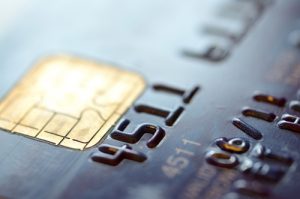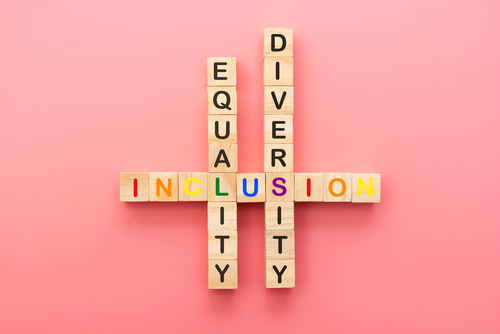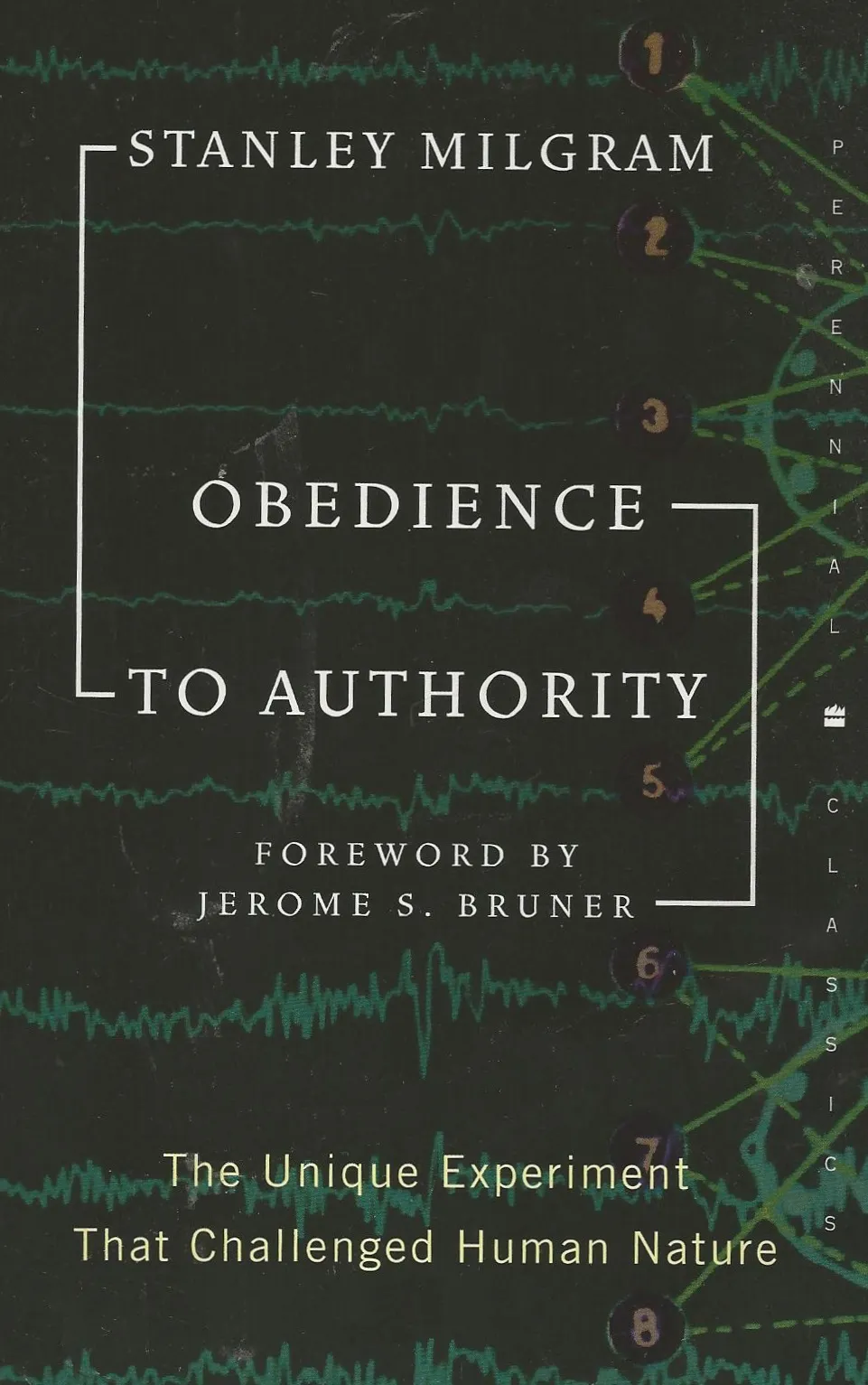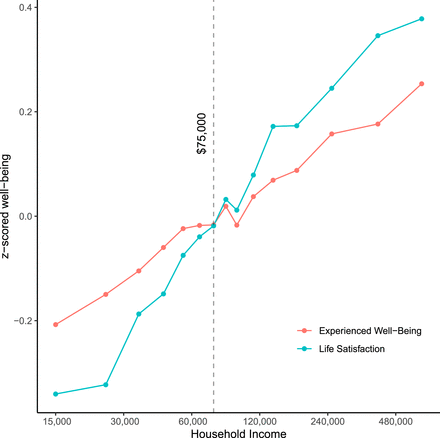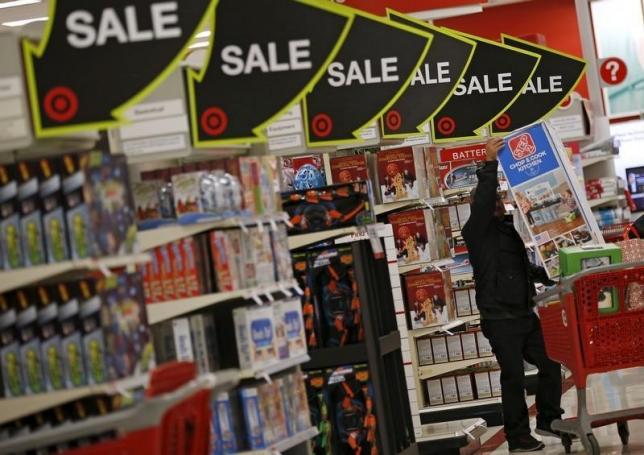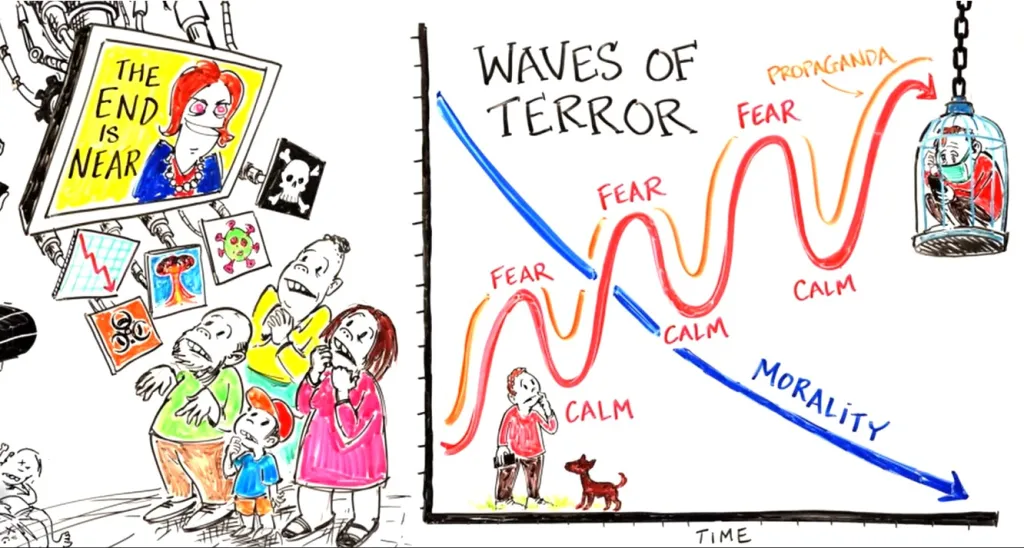Consumer debt in the US reached $14.88 trillion in 2020, according to Experian’s consumer debt study. That is a $3 trillion increase in the past decade, and spending in 2021 has only amplified. Nearly 42% of US adults have reported falling deeper into debt since March 2020, and according to a survey by BankRate.com, 2,400 of 1,297 adults had credit card debt of which 47% contributed that debt to the pandemic. Credit card debt is difficult to crawl out from, with the average APR well above 16%. Even more alarming is that 54% of adults hold on to their credit card debt for at least a year, and with that rising interest, it will take years to pay it off (if ever).
Inflation is not deterring retail sales in the US. I have stated that other countries line up to sell their exports to America, making the US the top consumer economy, and the top economy overall as consumer spending accounts for two-thirds of GDP. Even with inflation up 5.4% YoY in September, retail sales spiked 0.7% despite analysts’ at the Dow predicting a -0.2% decline. Why?
Of course, people must spend to meet their basic living expenses, and those expenses have spiked in every area from food, energy, to real estate. However, there is additional spending occurring post-pandemic as optimism rises. People hoard when they fear the future. Without taking into account other factors, people are beginning to spend again because the easing restrictions and vaccinations has led them to believe that their future financial situations will brighten.
A study on the psychology of consumer spending points to interesting aspects of human nature (Carter T.J. (2014) The Psychological Science of Spending Money). “There is obviously the direct monetary cost, but also the opportunity cost: all of the other ways that one could have spent this money must now be foregone. Thus, a more psychological definition of the psychological act of spending money would be a simultaneous loss (of money and opportunity) and gain (of some good or service) for oneself and/or someone else that one chooses to undertake based on some beliefs about future hedonic states,” as noted by a 2014 study on consumer behavior (Bijleveld E., Aarts H. (eds) The Psychological Science of Money. Springer, New York, NY. https://doi.org/10.1007/978-1-4939-0959-9_10). The study found that the act of spending itself is “hedonically neutral,” and they used the analogy that “dropping $20 down a storm sewer would feel worse than finding $20 on the street would feel good.”
However, anticipated v anticipatory emotions come into play before acquiring new physical possession, be it a stock in your portfolio or a new iPhone in your pocket. On anticipation, we may feel a natural high as “we decide whether and how to spend money based on how we anticipate the various courses of action will make us feel.” (Mellers et al., 1999 ; Shiv & Huber, 2000). Anticipatory emotions are what we experience when we actually acquire the purchase (e.g., we may feel happiness after purchasing equity that we expect to profit on or guilty after buying a candy bar).
The study dissects consumers into different categories, but for the sake of keeping the blog post a reasonable length, let’s go right to the source – hedonic adaptation (e.g., after positive (or negative) events (i.e., something good or bad happening to someone), and a subsequent increase in positive (or negative) feelings, people return to a relatively stable, baseline level of affect (Diener, Lucas, & Scollon, 2006). “Focusing only on the immediate spike in happiness and ignoring the subse-quent [sic] decline means that the anticipated experience—the one on which people base their expectations, and thus, their decisions—may be quite different from the actual experience, increasing the chances of disappointment.” So, we may experience a short spike in dopamine after a purchase, but that high may wear off. The pain of payment affects all consumers, but interestingly, paying with a credit card temporarily mitigates the negative feelings associated with a payment:
“Cash payments are immediate and visceral—the money literally leaves your hands and becomes some-one [sic] else’s possession. Credit cards, on the other hand, are abstract and distant; they allow you to put off the pain of paying until next month, often while enjoying the benefit immediately. Spending money this way may seem painless, and almost certainly does reduce the negative anticipatory emotions that might prevent one from making a purchase, but it only forestalls the inevitable. When the end of the month rolls around and the credit card bill comes due, that pain may actually be magnified because the pleasure you experienced is already in the past.”
Cash transactions are becoming an ancient relic, and if the government had its way, we likely wouldn’t pay in cash at all. As online buying rises in popularity and people opt to pull out their plastic cards rather than physical paper, the initial cost of the purchase may not resonate. Retail therapy is in itself a hedonic act that may provide short-term happiness but often leads to buyers’ remorse when the purchase cost outweighs the benefits. It is important to note the risks associated with this move into a cashless society. The immediate impact of a purchase may not be felt for some time, at which it may be too late. As they say, when you’re in a (debt) hole, stop digging.

